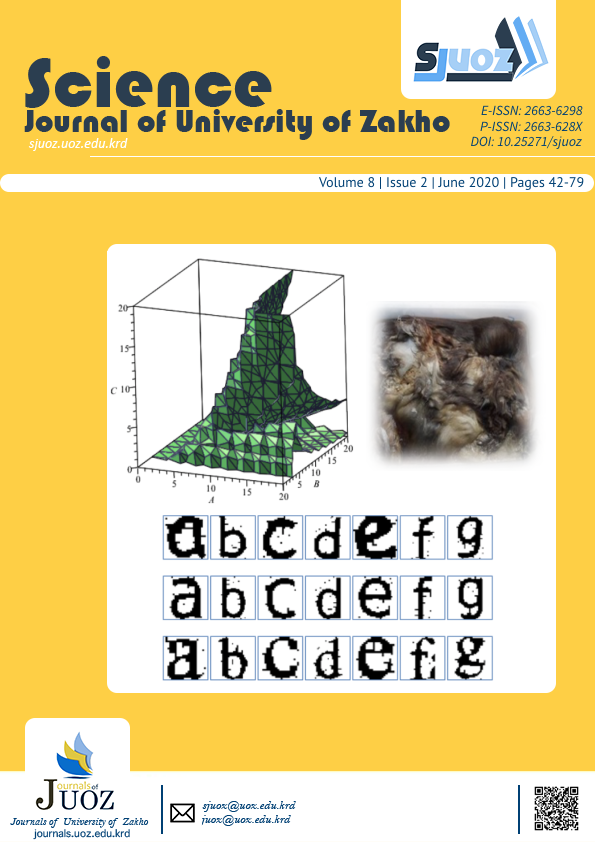Identification of Fungi in Burn Wounds Using Conventional and Vitek System in Duhok City, Iraq
Abstract
Background: Fungal burns and wounds infections are frequent but underestimated causing invasive infections with late-onset morbidity and mortality in patients suffering severe perturbed immune systems.
Objectives: This study aimed to investigate fungal infections in clinical specimens by using conventional and Vitek system.
Methods: A total of 123 swabs were obtained from wound and burns patients with different age, gender, burn degrees and nationality that admitted burns and emergency hospital in Duhok city, Iraq, from October 2019 till January 2020. All swabs screened by direct examination, fungal isolation then subjecting the purified colonies to Vitak system 2 to confirm the identification of fungal species.
Results: Out of 123, 55.5% and 44.5% revealed fungal growth in wound and burn swab, respectively with more mono-fungal growth patterns. Male, middle ages group, Iraqi nationality and second-degree burn were more affected. Cryptococcus laurentii was the predominant (40%) followed by Stephanoascus ciferri (23%), Aspergillus nigar (11%) and Candida albicans was very low rate (1.1%), while other fungal specie’s were recorded in fewer rates. The present study demonstrated that the wound and burn fungal infection cases are relatively high in above mentioned hospitals with a variety of fungal pathogens. Unexpectedly, the Cryptococcus laurentii and Stephanoascus ciferri were highly predominant.
Conclusions: The study concluded the necessity of using Vitak system for full identification and emphasize on the cleaning of surroundings of patients in the burn and wound units care, reduction of humidity, regular employment of topical and systemic antifungal agents that reduce morbidity and mortality in burn unit in this setting.
Full text article
Authors
Copyright (c) 2020 Najim A. Yassin, Noor M. Qadri Oumeri

This work is licensed under a Creative Commons Attribution 4.0 International License.
Authors who publish with this journal agree to the following terms:
- Authors retain copyright and grant the journal right of first publication with the work simultaneously licensed under a Creative Commons Attribution License [CC BY-NC-SA 4.0] that allows others to share the work with an acknowledgment of the work's authorship and initial publication in this journal.
- Authors are able to enter into separate, additional contractual arrangements for the non-exclusive distribution of the journal's published version of the work, with an acknowledgment of its initial publication in this journal.
- Authors are permitted and encouraged to post their work online.
